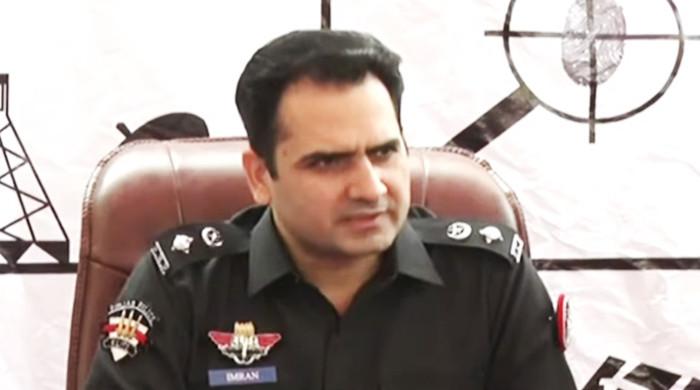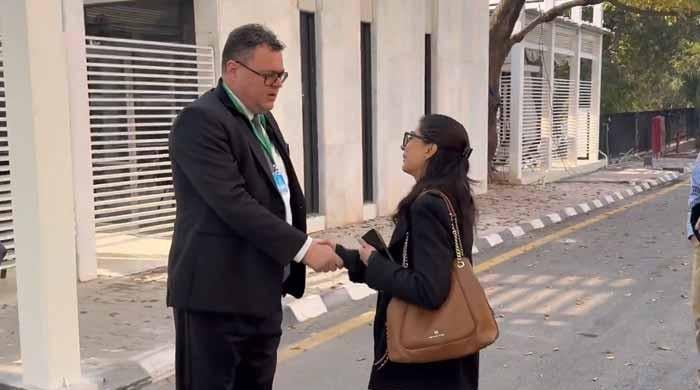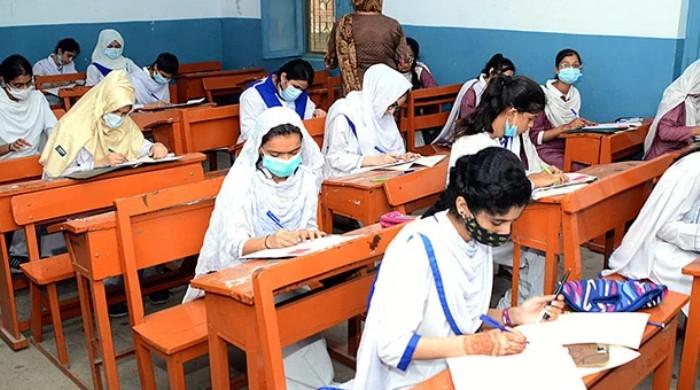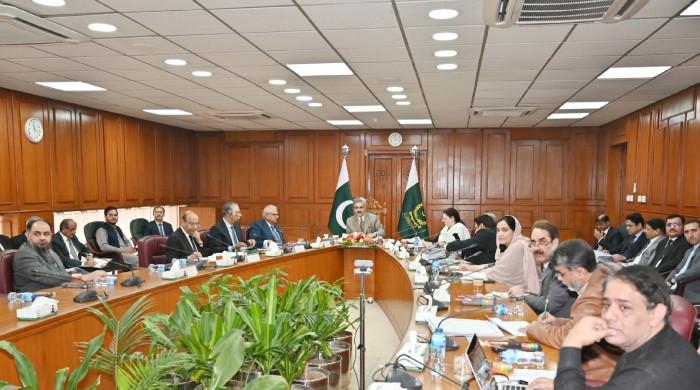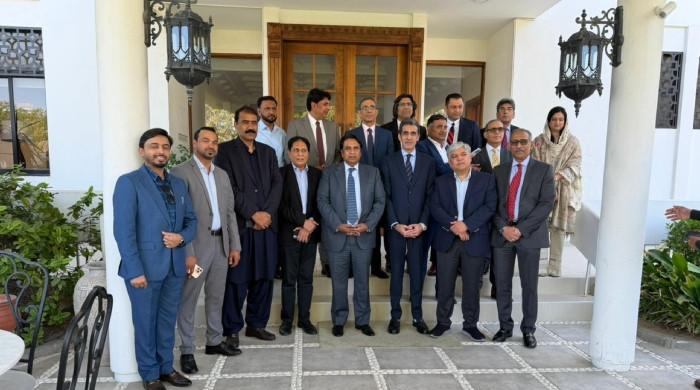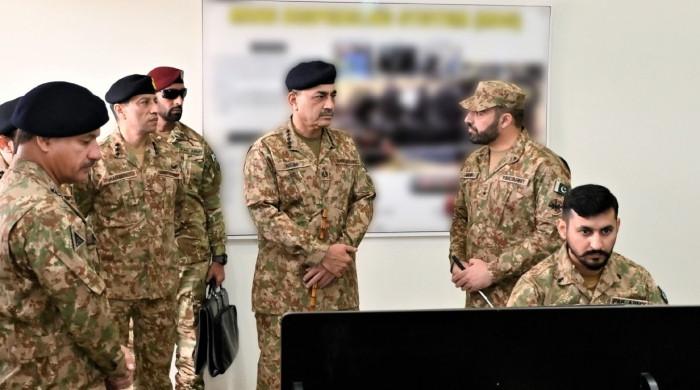Political tightropes
Having suffered thousands of fatalities during the WoT by allying with US, PM Imran Khan has consistently stated not wanting to be involved in foreign wars
June 14, 2021
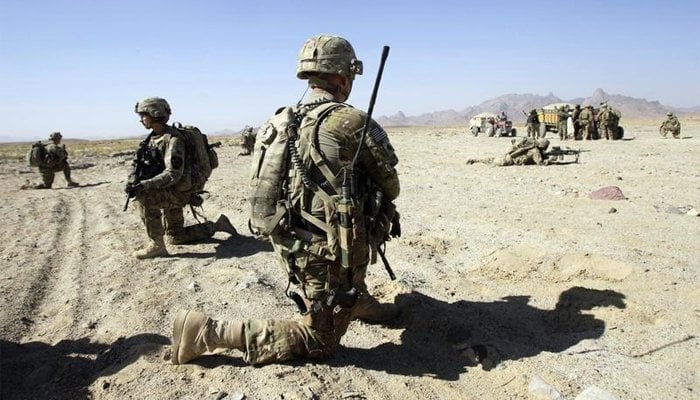
Under the guise of liberating people from the tyranny of the Taliban, avenging the 9/11 attacks (none of the attackers were Afghan), and bringing America’s top two exports to the region — freedom and democracy — a twenty-year war was waged in Afghanistan.
Over 800,100 deaths later, the situation seems worse.
The Taliban are now recognised as a legitimate political entity by the United States and its allies, and the US is pulling out knowing full well that it will result in a devastating civil war leading to more loss to life and infrastructure.
As the pullout enters its final three months, it is abundantly clear what state Afghanistan is being left in. Fears of an all-out civil war, reports of warlords strengthening their respective positions and consolidating power, and the mere fact that Kabul will simply not have the money to pay its police and armed forces without external aid, all point to the nightmare scenario, with inevitable spillover for Pakistan.
Despite the klaxon blaring, the US focus is on continuing counter-terrorism (CT) operations in the region, cementing the fact that they do not care about what happens to Afghans or Afghanistan. Their focus is keeping an eye on the Heart of Asia, content in the knowledge that their own troops are no longer at direct risk, and wary of the regional stakeholders and their machinations once the pullout happens.
In the last two months, US officials have time and again reached out to Pakistan, asking to build bases in the country for continued CT operations, and has been consistently rebuffed.
The US Central Intelligence Agency (CIA) Director William Burns made a previously unannounced visit to Pakistan in late April, US Defense Secretary Lloyd Austin and Secretary of State Antony Blinken spoke repeatedly to Pakistani Army Chief General Qamar Bajwa on phone, while National Security Adviser Jake Sullivan held a meeting late May in Geneva with his Pakistani counterpart, Moeed Yusuf. The issue was even highlighted in a policy statement by Pakistan’s Foreign Minister Shah Mehmood Qureshi in May.
The issue of US supply lines to Afghanistan, the GLOCS and ALOCS (ground lines of communications and air lines of communications), are also in doubt, with a vocal demand in Pakistan to discontinue them altogether.
Then the China factor weighs heavily on Pakistan’s decision, as it cannot afford to antagonise the Dragon while maintaining cordial and mutually beneficial relationships with the West.
If ever there was a tightrope, Pakistan is forced to traverse it now.
The volatility of the US stance on Pakistan is well-documented. Depending on the week, the position has shifted rapidly between ‘do more’ to ‘core ally’, an oscillation that Islamabad is quite wary and exhausted of.
Having suffered, by one estimate, 63,898 fatalities during the War on Terror by allying with the US, Prime Minister Imran Khan has consistently stated not wanting to be involved in foreign wars. His stance on Pakistan’s future being inescapably tied to the meteoric rise of China further cements Pakistan’s slant in the new geopolitical cold war.
Afghanistan is surrounded by Pakistan, Iran, China, and three of the Central Asian Republics: Turkmenistan, Uzbekistan, and Tajikistan. Pakistan has already refused bases to the US and it goes without saying what China and Iran’s stance would be on allowing US bases on their soil. Meanwhile, the Central Asian States have time and again assured Moscow under the Association of Southeast Asian Nations (ASEAN) that they are not the least bit keen on allowing the same.
It is then fitting that a nation that brought with it twenty years of war, hundreds of thousands of deaths, and stark devastation in its wake, is now regionally isolated as far as Afghanistan is concerned. There is no support from the neighbourhood, and they have already committed to a complete troop pullout from the country itself. The entire situation is a failure of epic proportions.
Pakistan’s role in the situation is complicated by its need to maintain friendly ties with the US, its ‘all-weather’ partnership with China, curtailing terrorism on its soil (as was the case in the last two decades), and having a friendly ear in Afghanistan.
The name of the game is economic connectivity and laissez-faire trade policies in the region. The real question is how can Pakistan isolate trade and economic connectivity from geopolitics? Or in fact, is socio-economic engagement even possible for Pakistan and Afghanistan despite political and martial turmoil? Finally, what can regional stakeholders (China, Russia and ASEAN, Iran, Pakistan, and to an extent, even Turkey) do to offset the situation in Afghanistan and bring about some semblance of normalcy and peace?
The next few months are crucial for the region, as the fallout spreads and the conflict intensifies. Pakistan has to play a crucial, constructive role in stabilizing and harmonising Afghanistan. Whether we look at it from the security lens, or from the prism of economic connectivity, an unstable Afghanistan spells nothing but trouble and spillover for Pakistan.
The author serves as a research fellow at the Centre for Research and Security Studies, Islamabad. He tweets @zeesalahuddin.




